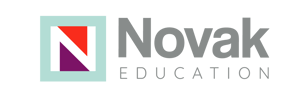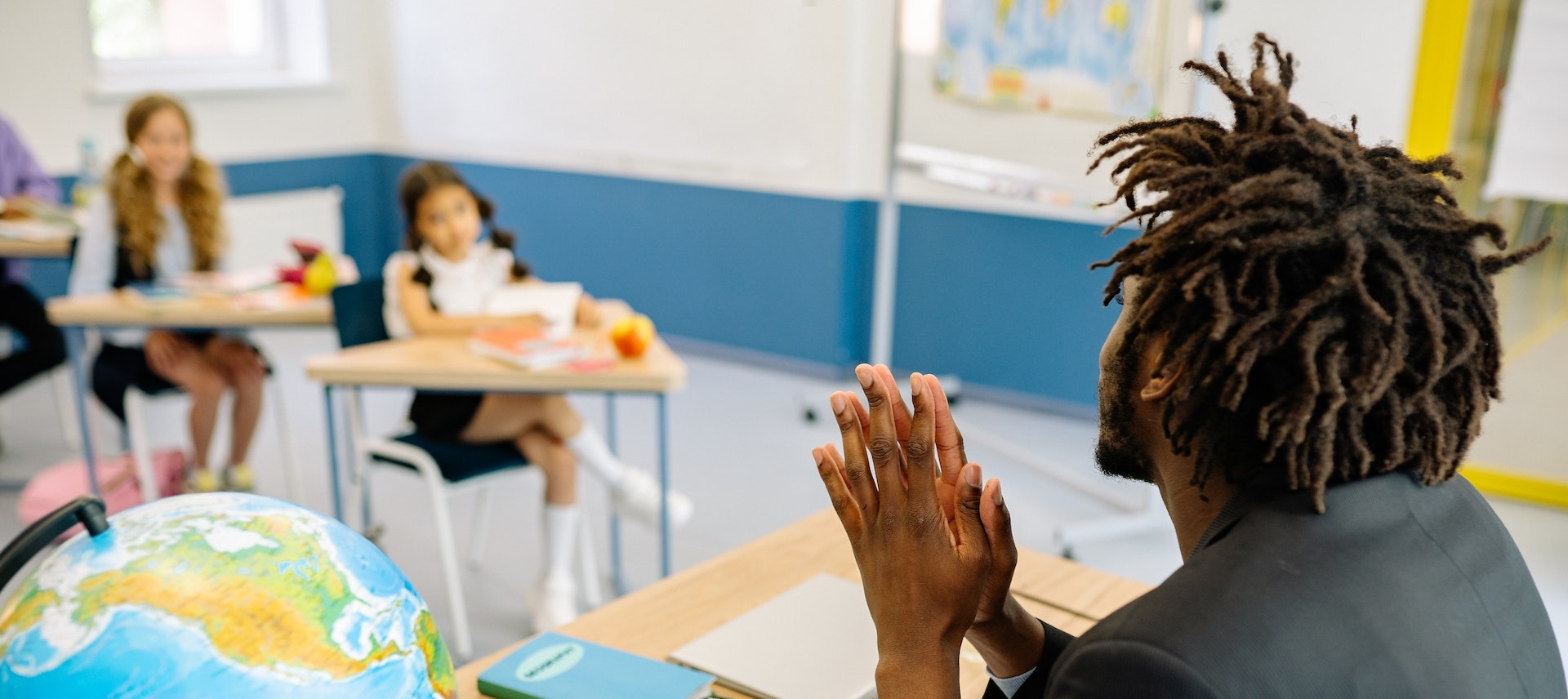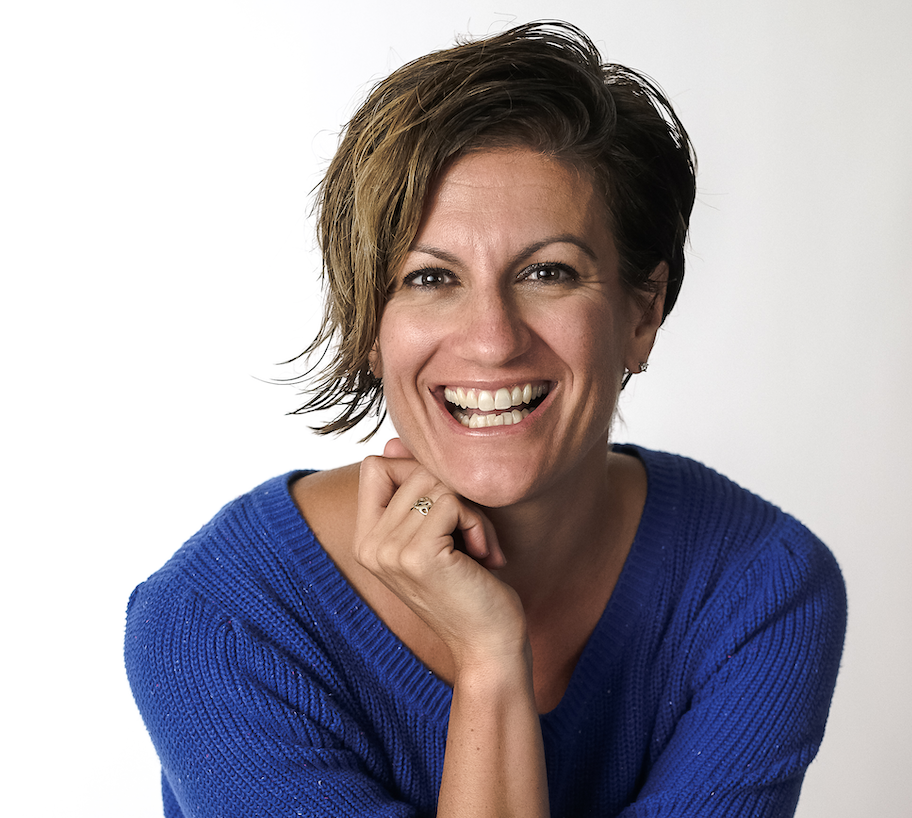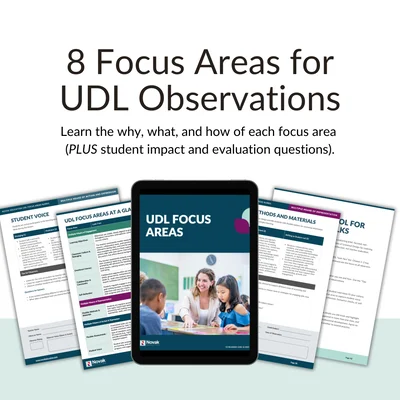In high school, there was an amazing competition called Creative Awareness. As students, we had the opportunity to compete in the creative arts (painting, cooking, music, dance) in front of community judges, and there were real cash prizes. Everyone from the community came out for the showcases, and if memory serves me right, my sister Lindie brought home enough prize money to send our family to the moon. Worry not, I did not come home empty-handed. I took 3rd place in the baking competition with my Aunty Patti's Treasure Chest Bars.
As my parents and siblings will attest, I was no talented baker, but I was given a rubric for how the competition would be scored, and I got to work. Once I knew what the judges were looking for, I was able to set goals and a strategy. Third place, baby.
We often create checklists and rubrics for our learners so they have a better example of what it means to be successful. Just like my own Creative Awareness experience, some of you would love to know what people are “looking for” when assessing the implementation of Universal Design for Learning (UDL). Certainly, there are look-for tools that educators, schools, and districts can use to assess UDL implementation, but sometimes those tools don’t provide enough information about concrete strategies, reflection questions, or why each look-for is important. Worry not, we’ve got you.
Our team first drafted the 10 UDL Look-Fors in the summer of 2022 to put concrete, observable markers around what Universal Design for Learning looks like in practice. Since then, we have walked thousands of classrooms, logged low-inference notes, and invited continuous feedback from teachers, coaches, and administrators. Four clear themes emerged:
- Identity, community, and belonging are inseparable. Observers struggled to tease apart teacher–student interactions (“Student Identity”) from peer culture (“Collaboration & Community”). We merged them into Classroom Culture & Belonging, which centers on the climate that makes all other UDL moves possible.
- SEL needs a learning lens. The original SEL look-for mixed self-awareness, reflection, and collaboration. Field feedback showed that what observers really saw day-to-day was students’ ability to recognize and regulate emotions that affect learning. We reframed it as Emotional Literacy and relocated “reflection” to the Self-Reflection strand and the collaboration skills to Collaboration.
- Methods and materials work as a unit. Teachers rarely offer a method without a material (e.g., choice of strategy + choice of tool). To reflect that natural pairing, we combined Flexible Methods and Flexible Materials into Flexible Methods & Materials.
- Assessment is one continuous loop. Formative checks and summative products live on the same continuum, so we folded Formative Assessments into an expanded Flexible Assessments strand that covers real-time feedback, multiple product options, and alignment to either content or method standards.
Along the way, Learning Objectives, Self-Reflection, and Collaboration kept their core intent, while Feedback broadened into Student Voice to capture both on-the-spot adjustments and formal surveys. The streamlined 8-Look Framework retains every element of the original 10, but places them where observers actually find them, making the tool tighter, clearer, and easier to use, whether you’re brand-new to UDL or a seasoned practitioner.
8 UDL Focus Areas
Ready to see the streamlined model in action? Below you’ll find the eight refined UDL Look-Fors, each one reworded, reorganized, or reimagined based on what thousands of classroom visits told us really matters. Think of this list as your field guide: a concise set of daily “spot-it” indicators that preserves the spirit of the original ten and align with the UDL principles while dialing in clarity and practical usability for every observer.
1. Learning
Grade-level learning objectives must be visible to students and referred to throughout the lesson. While this may sometimes feel like a compliance task, it’s actually crucial for supporting all learners. UDL emphasizes firm goals with flexible means, so teachers need to be clear about the lesson’s purpose. The learning objectives should be grounded in standards, allowing for flexibility in how students work toward them. Posting objectives on the board without discussing them excludes students who may struggle to decode the written text, and sharing them verbally alone may hinder learners with auditory processing challenges. By making learning goals visible and revisiting them regularly, teachers help ensure that all students understand the purpose of their learning and remain focused on their objectives.
2. Classroom Culture & Belonging
The learning environment and lesson design should affirm the identity of all students and foster a sense of belonging. Every student brings cultural, linguistic, and personal experiences to the classroom, which shape how they learn. Teachers build welcoming climates by modeling inclusive language, reinforcing class norms, and inviting students to contribute materials or ideas that reflect their lived experiences. When students see themselves and one another honored in the space, it positively impacts collaboration, engagement, and learner outcomes.
3. Emotional Literacy
Addressing students’ social-emotional needs is essential to creating a productive learning environment. When students feel safe and emotionally supported, they engage more deeply. Embedding self-regulation strategies (brain breaks, pacing choices, calming corners) helps students manage emotions and navigate learning with confidence and agency. Structured reflections on feelings and motivations deepen self-awareness, empowering learners to advocate for what they need.
4. Collaboration
Effective classrooms cultivate purposeful collaboration and collective learning. Learning is social; students often retain information better when they engage with peers. Activities that emphasize mutual respect and shared problem-solving help students build relationship skills and create a supportive community. Scaffolds such as group norms, roles, and sentence stems ensure every voice is heard, while peer feedback strengthens academic understanding and social connection.
5. Self-Reflection
Students should regularly self-assess and reflect on their learning choices and progress. Graphic organizers, goal-setting prompts, or digital trackers guide students to connect strategies to objectives and identify next steps. This metacognitive practice builds ownership and equips learners with the skills they need to thrive independently.
6. Flexible Methods & Materials
Students need flexible ways to access information and process ideas. Providing varied resources like books, videos, manipulatives, and digital tools lets students choose options that resonate with their interests, cultural backgrounds, and learning preferences. Similarly, offering multiple pathways for inquiry (blended, project-based, small-group) allows learners to engage in ways that play to their strengths. Because methods and materials work hand-in-hand, this combined look-for spotlights classrooms where students can mix and match resources and approaches to deepen understanding as they work toward firm goals.
7. Flexible Assessments
Assessment should never be one-size-fits-all. UDL calls for construct-relevant measures that let every student demonstrate mastery without unnecessary barriers. By blending formative checks (exit tickets, quick polls, peer reviews) with summative options (presentations, essays, podcasts, performances), teachers gather actionable data and give students a voice in how they show what they know. No matter the format, common rubrics ensure rigor and alignment to content or method standards, while ongoing feedback helps students adjust strategies and set new goals.
8. Student Voice
Student voice extends beyond formal surveys. Teachers invite students to explain their thinking, pose questions, and suggest adjustments to pacing, supports, or learning pathways in real time. By weaving student input into daily instruction, educators can co-create responsive classrooms where feedback loops are fluid and learners help shape their own success.
Download the full UDL Look-For Tool to see why each focus area matters, how to bring it to life, and reflection questions for evaluating effectiveness. Happy walking—and may your own Treasure Chest Bars take the prize!




